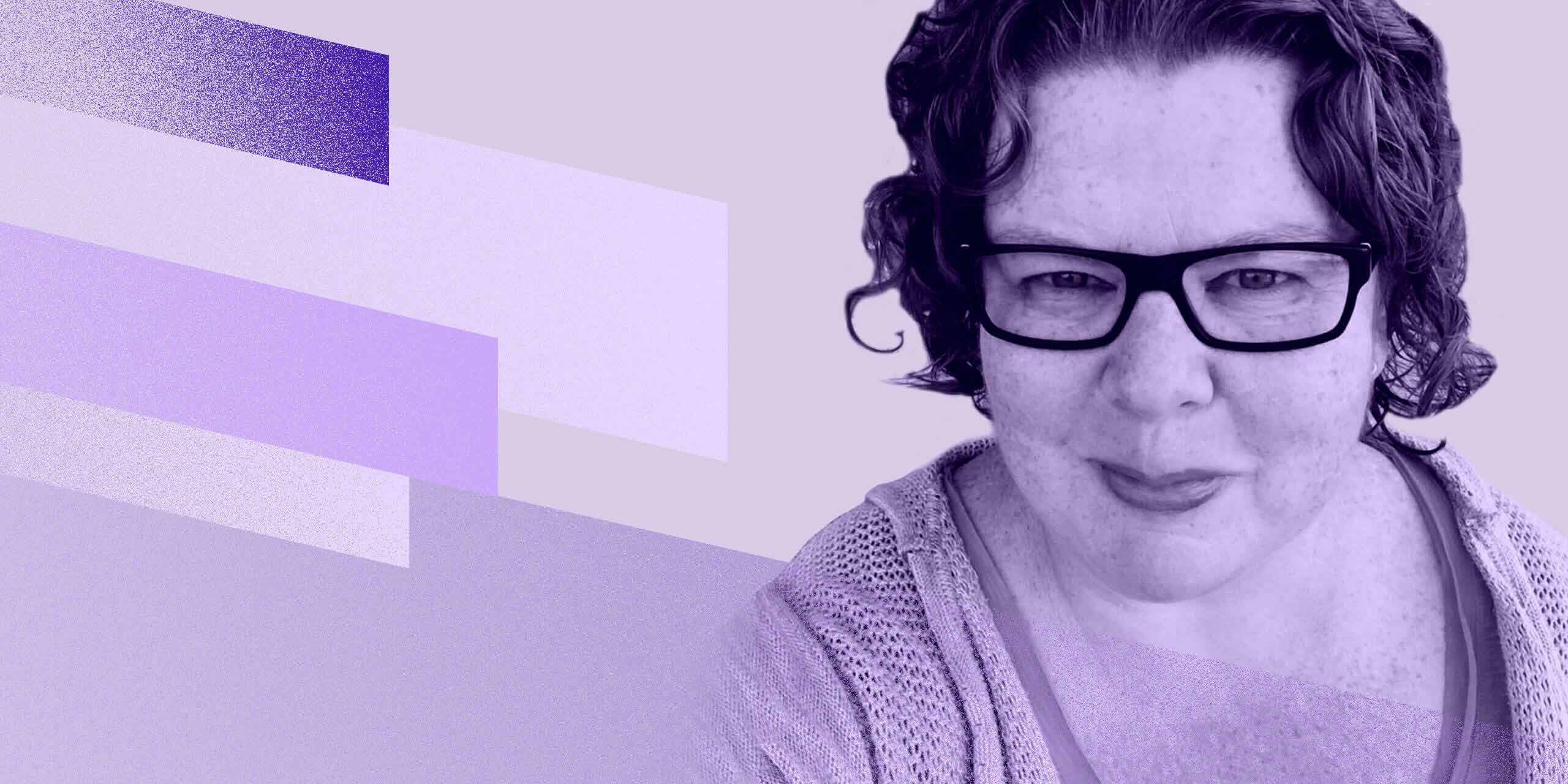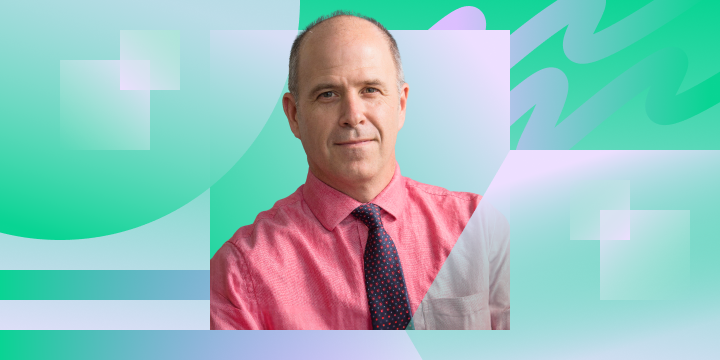Top Hat is the active learning platform that makes it easy for professors to engage students and build comprehension before, during and after class. This interview is part of our recurring series “Academic Admissions” where we ask interesting people to tell us about the transformative role education has played in their lives.
College was a transformational experience for Laura M. Harrison—it was there that she realized she wanted to help others achieve growth through learning. After grad school, that passion led her to Stanford, where she became the Director of the Women’s Center and thrived working with students who held different viewpoints. But her eureka moment—and love for teaching—came while pursuing her doctorate at the University of San Francisco, in an environment where faculty and student connections were of the utmost importance. Currently, she is an associate professor in Counseling and Higher Education at Ohio University and has delved into the world of ESL teaching and service work to expand her focus on helping students and building relationships.
I grew up in Akron, Ohio, and went to public school up until grade 9. The secondary schools in the area were not well funded, and my parents (mostly my mother) wanted me to go to a Catholic school. I was hesitant. I grew up in the Catholic faith but didn’t agree with many aspects of it. I think they were a little hesitant, too—my parents were supportive of public education, and not people who gravitated toward privatized options, but it seemed like the best move.
High school shaped my excitement for learning, and my philosophy around pedagogy. There’s a heavy emphasis on the public good in Catholic education and education isn’t thought of as a private commodity you exploit to make money, but a service to the broader community. Catholic education asks you to figure out your talent, and your contribution, and to think about something bigger than yourself. It says that theory and practice should be integrated. That students should have lots of opportunities to reflect on not just the content of what they’re learning, but why they’re learning it, why it matters, and what to do with it. The idea that it’s your job to figure out what your contribution to society will be…I think that’s a powerful thing for a young person to hear.
I was an only child and kind of an old soul, and I found the transition to school disruptive. My parents always spoke of college as this wonderful place, like a promised land, where you get to pick what you’re studying and where you’re surrounded by people who care about learning. So I arrived at Ohio University in 1991 with a great attitude. I assumed it would be awesome. And it was awesome. I lived in a quiet residence hall, I found my people and I somehow made this big party school work for me.
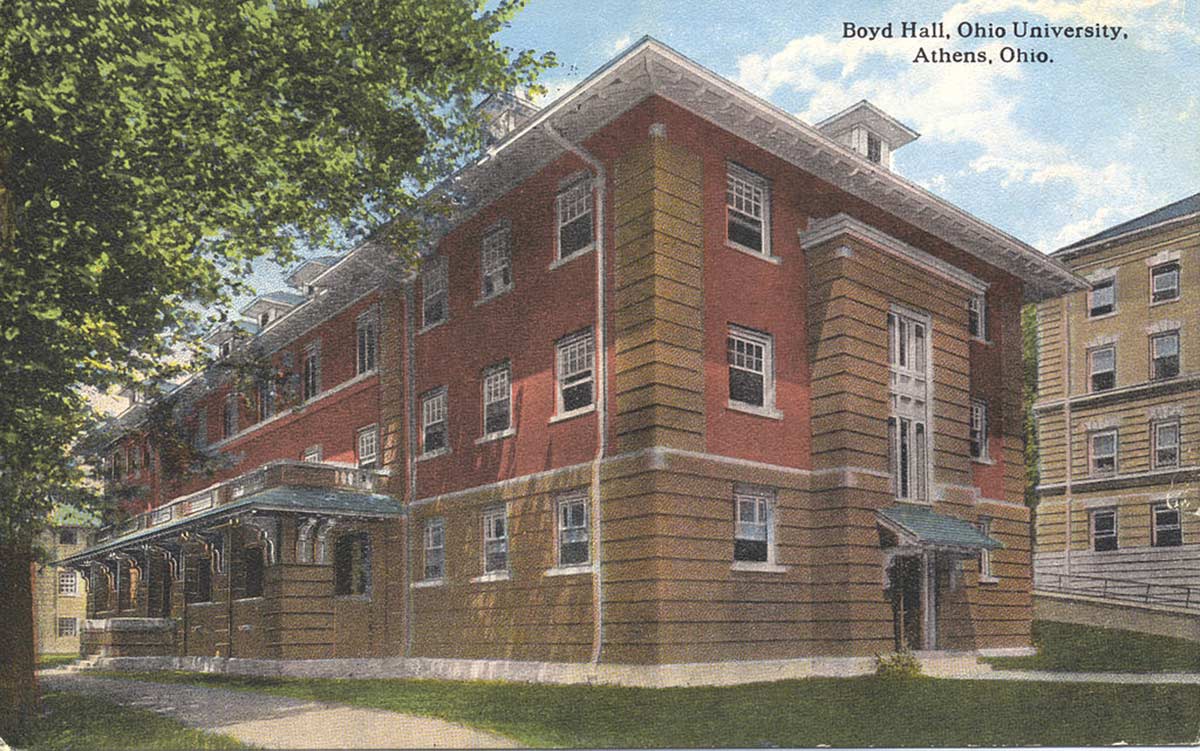
Boyd Hall, Ohio University, Athens, Ohio, in an historic postcard.
Pursuing passions
It sounds idealistic, but I decided to study what interested me, without thinking about a career, or even a job, after graduating. I look back on it now and it feels wildly luxurious and reckless, because I didn’t come from a wealthy family. But public higher education was much more subsidized then. I decided to focus on English Literature and Women’s Studies.
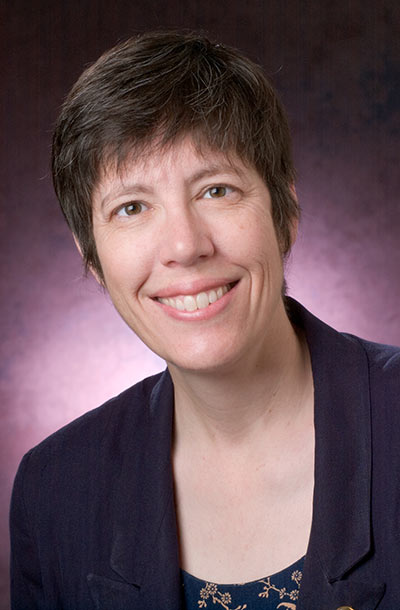
Professor Katherine Jellison. Photograph: Ohio University
Professor Katherine Jellison, who still teaches history at Ohio, made a huge impression on me. She’s one of the most humble people I’ve ever met, but she’s truly brilliant. She’s dynamic, and even though she teaches big classes, she seems to know everybody’s name, and remembers them 20 years later. She’s one of those high-rigor, high-warmth people, and solidly feminist. She made me love history. (No small feat, because I hated it in high school. It was always taught by the coach and he clearly didn’t care.) She grounded history in the present and made the case for understanding why things are the way they are now by looking back for context. I always say that in history it seems you have to start with the Fertile Crescent and Mesopotamia, and who cares about the export of corn?! Jellison started with, “How do we have legal equality and still experience such a wide gender pay gap?” And then she worked backwards from that.
I graduated and I didn’t have a plan. I worked in residence life as an undergrad and was offered a position in the summer after I graduated. It turned out that this was a graduate assistant position, so the professional staff, Judy Piercy, advised me to apply to graduate school. I ended up graduating from the counselor education program, which I enjoyed academically but not as much in practice. I’m a big picture person, and I think part of what you have to be able to do as a therapist is to sit in a space for a long period of time listening to details. You can’t miss any warning signs for big things. I think I’m too easily distracted for the kind of focus that the work requires. But the skills I learned are invaluable. Today, I teach a counseling class for non-therapists on how to be helpful and advise and mentor. The course is for people who are not going to be therapists, but still have counseling components to their job.
Taking risks and trying things
After grad school, I got a full-time job as the residence hall director. I was in charge of 400 fairly wild freshmen students, and all their behavioral challenges. I also got part-time work at the newly opened LGBT center as a program coordinator, which was a much more edifying position.
The joke at Ohio University is if you turn 30 in Athens, you’re going to turn 50 in Athens, so I thought it was time to see more of the world. I applied for jobs around the country and landed the Director of the Women’s Center gig at Stanford. There are many things to love about Stanford, but one is that it’s very entrepreneurial. My boss, Morris Graves, who’s the biggest extrovert I’ve ever met in my life, basically said, “Here’s your office, come see me if you need anything or break something.” That was my introduction. And it was awesome.
The thing I learned and now always appreciate about students is that they’re forgiving of mistakes. They’re not forgiving of inauthenticity or gaslighting.
The culture at Stanford is all about taking risks and trying things. There’s a high tolerance for mistakes, and the only thing you’re ever going to get in trouble for is not making an effort. I loved that. I started meeting with the student organizations and asking them what they wanted and needed. I used a lot of my counseling skills in that job, even though it wasn’t a therapy position. I learned to trust my instincts. It was a fairly political job, and things were coming up all the time. For example, the Pro-Life group wanted to meet in the center, which horrified some people. I definitely don’t agree with their position, but they’re tuition-paying students of the institution and I didn’t think I could just kick them out. That fight was a formative experience, and Morris Graves was really supportive. “Well, tell me what you’re thinking,” he’d say. Then, “Well, that makes sense. Try that.” He was an ally.
The thing I learned and now always appreciate about students is that they’re forgiving of mistakes. They’re not forgiving of inauthenticity or gaslighting or any of that. But part of why I can be effective with them, even when we disagree, is by always being direct and honest and owning my blind spots.
Falling in love with teaching
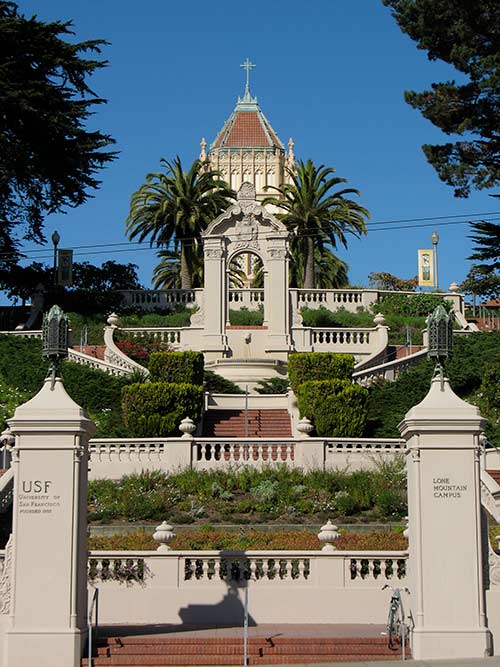
Lone Mountain Campus, University of San Francisco. Photograph: Eric Chan – originally posted to Flickr as Lone Mountain Campus, CC BY 2.0
A couple of years into my time at Stanford, Morris’s boss, Marc Wais, started badgering me about doing my doctorate. His point was that there were so many women who worked in student affairs, but men still dominated the leadership positions, because men complete their doctorates at higher rates. I never fact checked him on that, but that seemed true. There was a program at the University of San Francisco, which is also a Jesuit institution, that had a night and weekend working-adult program. I took a pragmatic approach that I just needed this credential so that I could move up, but in the process I fell in love with academic work.
As luck would have it, my dissertation chair was soon to retire, and she recommended I take over her classes. I started teaching at the University of San Francisco, and it was a lightbulb moment. It was how people talk about falling in love—for me it was a love of teaching.
I realized that the more you move up in student affairs, the less you directly interact with students, which to me is the only reason to be in student affairs in the first place. I didn’t want a job where I’d have to sit in meetings all day. So I had to remake myself into a faculty member, which is hard when you’re not in that world or on that track. In short, I had to turn my dissertation into something publishable.
I was running an identity-based activist center, but I was also employed by the institution that the students were sometimes targeting with their activism, so I felt totally stuck in the middle. I was supposed to advocate for these kids, but I also didn’t want to get fired. Many educators can relate to this, but there wasn’t anything in the literature on this specific role conflict, i.e. being agents of an institution and being advocates for students who are throwing rocks at that institution. I had no trouble finding people who wanted to talk to me, and those talks turned into a kind of therapy session, too.
Learning from both sides of the classroom
So I earned my doctorate in organization and leadership, applied widely for faculty jobs, and I ended up back where I started—at Ohio. In 2016, after the Trump election, I decided I would get my certification to teach English as a foreign language, and do service work. In the process of that I took really challenging linguistic classes, and I struggled. I wrote a book about that experience called Teaching Struggling Students: Lessons Learned from Both Sides of the Classroom. It crystallized what I’ve been feeling for many years—that there’s a lot of mission creep in higher education when we really just need to focus on students, build relationships with them, and help them troubleshoot when they get stuck, and expand their strengths when they’re thriving.
I might have a software flagging system that tells me who my first-gen students are, who my at risk students are, and this can be useful but only if I have time to sit down and get to know them as human beings and work with them. That relationship should be central.
My education at a Jesuit institution taught me that what’s most important is the relationships between faculty and students. Then everything else can kind of orbit around that. What students today seem to crave is somebody who’s invested in them and will help them figure out those big questions about who you are and what your purpose is. Luxury athletic facilities and fancy dorms are fine if the school has the money, but why prioritize them over small classrooms? It’s not the right focus.
It really worries me that a lot of students are stuck in huge classes, or in environments where they’re not getting personalized attention, and an opportunity to reflect on what they’re learning. I think that’s when students get lost and develop anxiety when they don’t get the help they need. The college student mental health crisis should inspire us to focus more on personal connection and less on consumerism. I know the relationships I build with students are ultimately what makes teaching so satisfying.
This interviewed has been condensed and edited for clarity.
